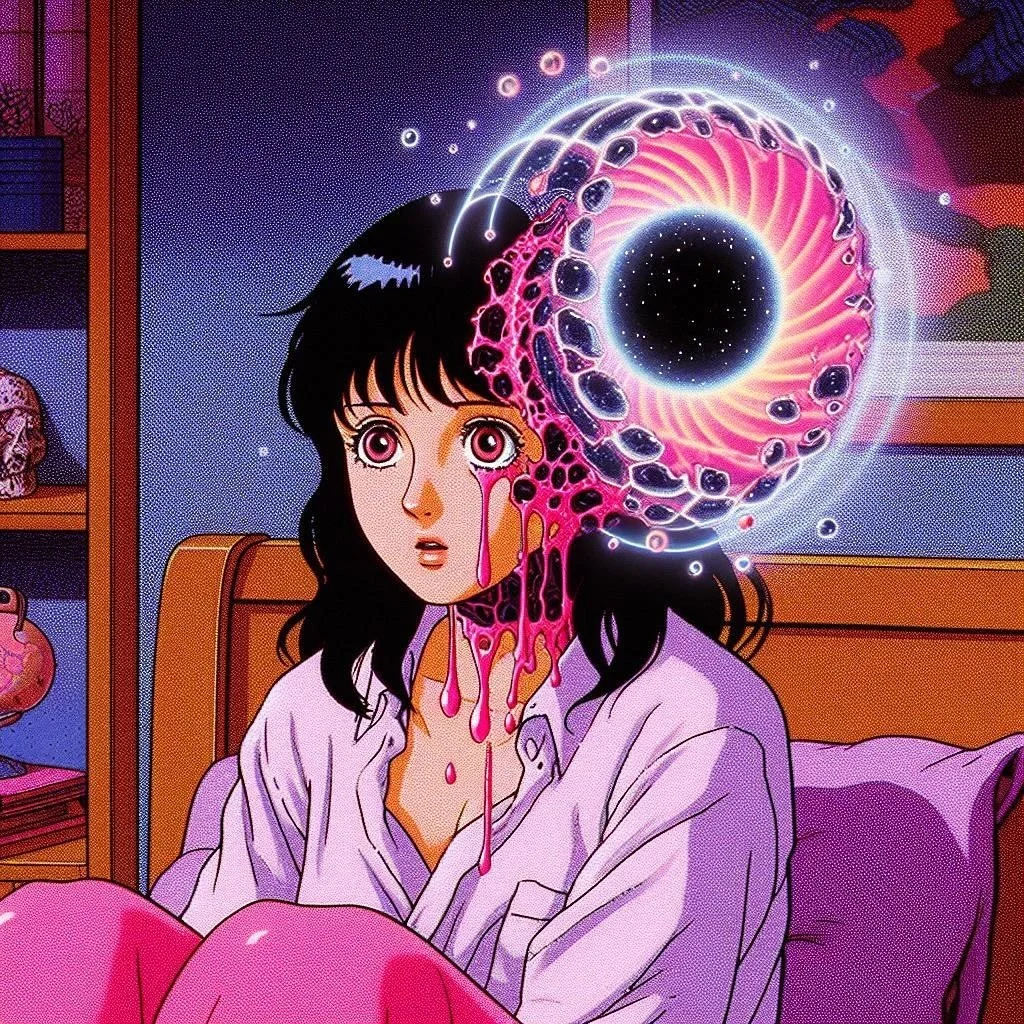Somatic Perspectives on Chronic Pain: Causes, Patterns
Introduction: Chronic Pain as a Story of the Body and Beyond
Chronic pain is often more than just a physical experience. It reflects not only what happens within the body but also what happens around it—our relationships, communities, and environments. From a somatic perspective, chronic pain isn’t simply about tissues and nerves; it’s the body’s way of holding onto stress and trauma often compounded by social and systemic factors.
This article explores the somatic roots of chronic pain, how it’s influenced by personal and collective experiences, and how understanding these layers can lead to relief and healing.
What Is the Leading Cause of Chronic Pain?
From a somatic perspective, chronic pain often arises from a complex interplay of:
Unresolved Trauma: Physical and emotional trauma can leave the body in a state of tension, holding onto pain long after the initial event.
Prolonged Stress: Chronic stress keeps the body in fight-or-flight mode, increasing muscle tightness, inflammation, and sensitivity to pain.
Systemic and Social Factors:
Economic Inequality: Living in poverty or financial instability creates chronic stress, which impacts physical health and exacerbates pain.
Oppression and Marginalization: Experiences of racism, sexism, ableism, or other forms of oppression leave marks on the body. These lived realities contribute to nervous system dysregulation, compounding pain over time.
Family and Social Dynamics: Strained relationships, caregiving responsibilities, or exposure to conflict can intensify emotional and physical pain.
In this view, chronic pain isn’t just a biological issue—it’s deeply connected to our personal, social, and systemic environments.
How Long Before Pain Becomes Chronic?
Pain becomes chronic when it lasts for more than three months, persisting beyond the body’s typical healing process.
Here’s how acute pain transitions into chronic pain:
Acute Pain: Triggered by an injury or illness, this pain is an immediate response to harm.
Subacute Pain: Lingering pain that lasts weeks or months may stem from incomplete healing, ongoing inflammation, or stress.
Chronic Pain: Pain becomes chronic when the nervous system adapts to it, maintaining a heightened state of sensitivity and reinforcing pain pathways in the brain.
When layered with social or systemic stressors—like navigating discrimination, financial hardship, or family conflict—pain can deepen and persist, creating a cycle that’s difficult to break.
Is It Normal to Always Be in Pain?
While chronic pain is common, it is not “normal” or inevitable. Pain is the body’s way of signaling imbalance, asking for attention, care, and relief.
From a somatic and systemic perspective, constant pain often reflects both:
Internal Factors: Physical misalignment, unresolved trauma, or nervous system dysregulation.
External Factors: Living under chronic oppression, precarious financial conditions, or high-stress family environments.
For individuals in marginalized communities, chronic pain may be compounded by limited access to healthcare, inadequate support systems, or the physical impacts of generational trauma. Addressing these layers requires compassion for yourself and challenging the systems that shape your experiences.
Can Chronic Pain Be Cured?
The possibility of curing chronic pain depends on its root causes and how deeply it’s entrenched. While some chronic pain can resolve completely, some cannot. For pain that is hard to resolve, the goal is to shift the relationship to pain—reducing its intensity, frequency, or impact on daily life.
Healing chronic pain involves:
Recognizing Pain’s Layers: Understanding how personal, social, and systemic factors contribute to your pain.
Reconnecting with the Body: Practices like somatic exercises, bodywork, or mindfulness help rebuild trust with your body.
Releasing Tension and Trauma: Pain often holds unprocessed emotions or trauma. Somatic approaches allow these to surface and resolve, freeing the body from old patterns.
Addressing Structural Issues: Postural imbalances or repetitive strain may need correction through physical therapy or mindful movement. How we hold our bodies is also a reflection of how we relate to the systems we move in. By becoming aware of these shapings, we can begin to find new ways to hold ourselves and each other.
Advocating for Systemic Support: Healing also requires addressing systemic barriers to care, equity, and justice that disproportionately impact marginalized individuals.
Healing chronic pain is about creating a path to greater ease, even if it’s not a “quick fix.”
Somatic Insights: Chronic Pain as a Pattern and a Reflection of Context
Chronic pain can be seen as a pattern within the body, but it doesn’t exist in isolation. Pain reflects the intersections of:
Physical Strain: The body’s immediate response to injury or tension.
Emotional Wounding: How trauma, grief, or loss are stored in the body.
Systemic Oppression: The stress of navigating racism, sexism, classism, or other forms of discrimination impacts the body’s ability to regulate itself.
For example, a person experiencing chronic back pain may not only be responding to physical strain but also to the stress of working multiple jobs to make ends meet, the anxiety of facing discrimination in their workplace, or the weight of caregiving responsibilities. They may also have barriers to accessing healthcare which prevent them from getting the support they need.
Recognizing these layers allows for a more compassionate and holistic approach to addressing pain.
Practical Somatic Practices for Chronic Pain Relief
1. Body Scanning with Context
Take a few minutes to scan your body from head to toe. As you notice areas of tension or pain, ask:
What might this pain be holding for me—physically, emotionally, or socially?
Is this pain connected to experiences of stress, oppression, or overwork?
Gentle awareness, without judgment, creates space for understanding and release.
2. Breathwork for Nervous System Regulation
Deep, rhythmic breathing helps calm the nervous system and reduce pain sensitivity. Try inhaling for a count of four, holding for four, and exhaling for six.
3. Gentle Movement for Release
Move your body in ways that feel soothing—stretching, swaying, or simply shaking out your arms and legs. This can help release tension stored from physical strain or emotional stress.
4. Rest as Resistance
For those experiencing the compounded pressures of systemic oppression, rest is a radical act of care. Allow yourself time to pause, restore, and prioritize your well-being, even in small ways.
Conclusion: Chronic Pain Requires Compassion for the Whole Self
Chronic pain is not just a physical condition—it’s a reflection of the body’s relationship to its experiences, environment, and systems of support or oppression. While healing may take time, it begins with recognizing the many layers of pain and approaching them with compassion.
At Ghost Point, I honor the complexity of your story and offer tools like somatic coaching, mindful movement, acupuncture, and bodywork to support you in navigating chronic pain with care and resilience.
Ready to Explore Relief and Healing?
Read about how I think about working with folks.




